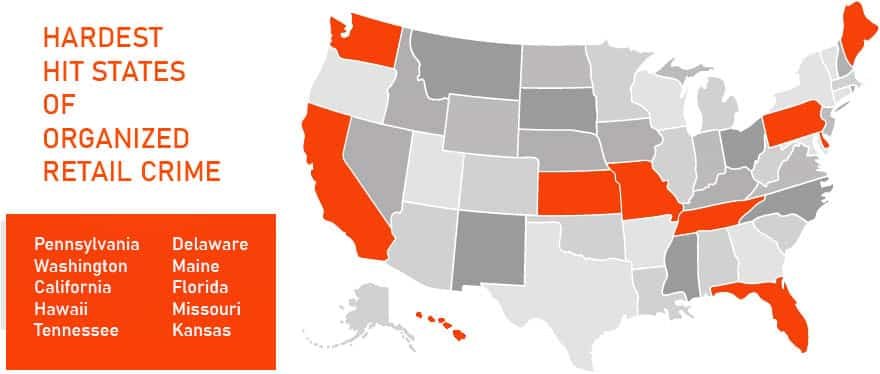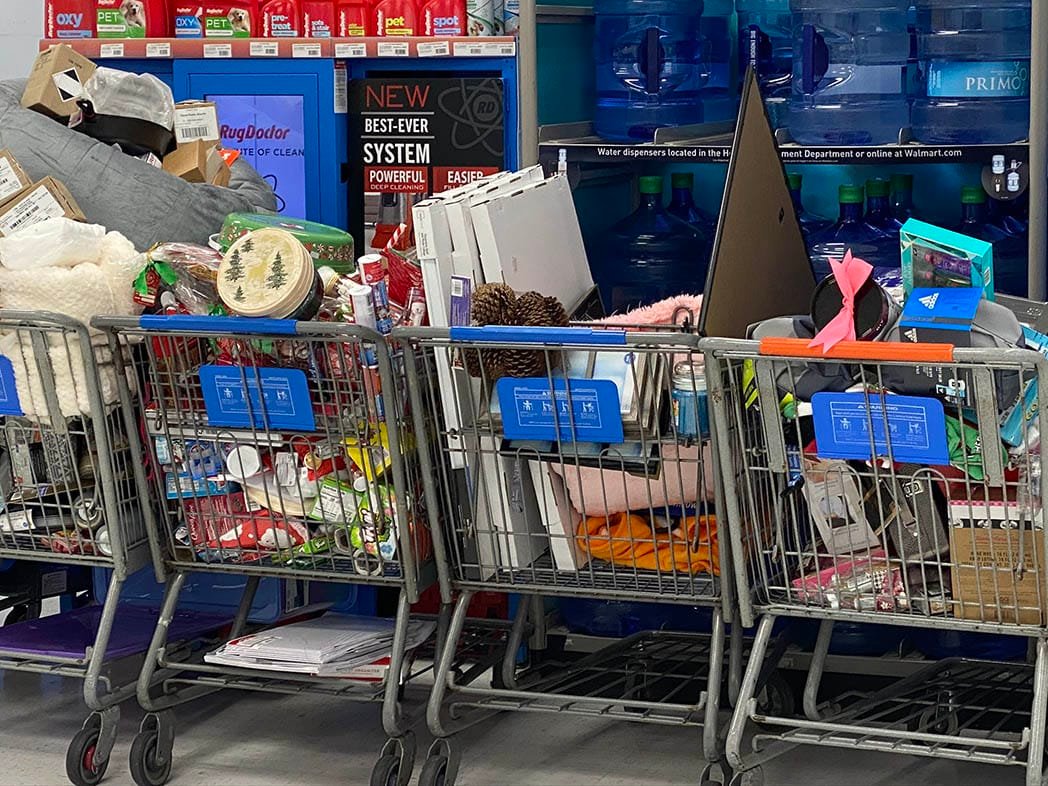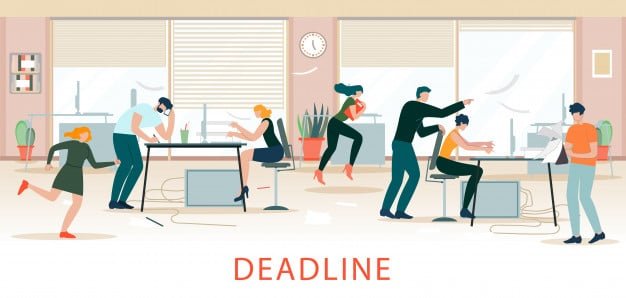What is Organized Retail Crime?
Organized retail crime (ORC) refers to two or more professional thieves involved in shoplifting from the retail environment. It can occur anywhere in the distribution channel, from manufacturing to retail stores or residential households. Organized retail crime is an ongoing challenge for retailers, with losses continuing to mount. These criminals frequently turn to online marketplaces to swiftly move mass quantities of stolen merchandise.
How does organized retail crime work?
A person(s) who does the stealing most time working from a list is known as a “booster.” They will take the stolen merchandise to someone known as a “fence.” The “fence” pays pennies on the dollar and does the reselling, and it’s primarily online third-party marketplaces.
Organized rings are often involved in other crimes within the community, including narcotics, money laundering, and human trafficking.

Organized retail crime costs retailers on average $700,000 every $1 billion of sales, and three-fourths of merchants saw an increase in ORC in 2020, according to NRF’s 2020 Organized Retail Crime Survey.







